Teuffel Niwa, truely a modern electric design.
Last week I finished up a repair on an Ulrich Teuffel Niwa guitar. Talk about a unique, innovative design. The guitar is just beautifully sculpted.
Unique body lines and subtle details.
Custom pickups, pickup covers and control knobs.
Six-in-line headstock with a ball bearing “roller” nut.
Custom pickups made by Ulrich Teuffel
The reason it came across my bench is that it had deep scratches that covered a majority of the back of the neck. The customer wanted the scratches removed and brought back to new condition.
Scratches, dents and dings run along the entire back of the neck.
This job requires:
1. Separating the neck from the body.
2. Removing the scratches.
3. Refinishing the neck.
Neck is easily removed with three bolts.
Asymmetric neck profile: note the treble side is thicker than the bass side.
The majority of the scratches were removed using the steam method. Scratches and dings in wood are often just compressed wood fibers where no material is removed. Cuts and slices are another issue because those involve the wood being removed. The theory is that the steam is forced into the crushed wood fibers and causes them to swell. You usually cannot steam a dent in wood out perfectly, but they can be significantly reduced so that the subsequent sanding required is minimal. I used a clothes iron with a damp Wypall (heavy duty paper towel) to steam out the blemishes. The trick is to know how much heat you are dealing with in combination of how damp the towel is. The heat needs to be transferred to the damp towel only. It is very easy to dry out the towel and scorch the wood. Burning this neck would severely complicate an otherwise straightforward repair.
A Wypall dampened with water and heated with a clothes iron steams out most of the damage to the neck.
The dampened cloth is placed on the neck over the scratches and the hot iron is pressed onto the cloth, creating steam that expands the damaged wood fibers.
Steaming will only take you so far. After the neck dries out, the remaining scratches are sanded out along with the finish along the barrel of the neck. #0000 steel wool preps the neck for finish.
Prepping for finish: light sanding removes the thin finish and remaining dents/scratches that could not be steamed out.
Ulrich Teuffel was kind enough to give me some information about the finish process on his necks (thanks Ulrich!). He takes polyurethane and applies a thin layer with a cloth. You let it sit for a day or so before you buff it out with #0000 steel wool. Really simple and clean, plus it makes the neck feel great.
Off to the hardware store to pick up a pint of clear matte poly.
The headstock is masked off and a couple thin layers of matte polyurethane is wiped on
The mask is pulled after the last coat and left to dry for a day or so. I’m very happy with how well the color matches the original finish.
Below is the finished repair. The neck looks great and you can never tell it was repaired.
The finish is then buffed out with #0000 steel wool and ready to reinstall to the body.
The customer also wanted to experiment with a different bridge pickup to have it better fit his tonal requirements. Ulrich was generous enough to send a couple different pickups to experiment with. He makes is own pickups and they are really well designed. He has two solder pads on the bottom of the pickups, so you just use the existing leads routed through the body and make your connections right at the pickup. Quick and easy with an allen wrench and soldering iron.
The bridge pickup is swapped out for a different Teuffel pickup at the request of the customer for tonal reasons.
After the minor repairs were finished, this guitar is back to brand-new condition. Certainly not a guitar that crosses your bench everyday, but as a builder myself I can appreciate innovative designs such as this.
Inspired.
Well done Ulrich!
The guitar is strung up and the neck restored to new condition.
Back in business. The bridge pickup is swapped out and the neck is cosmetically clean again.


















